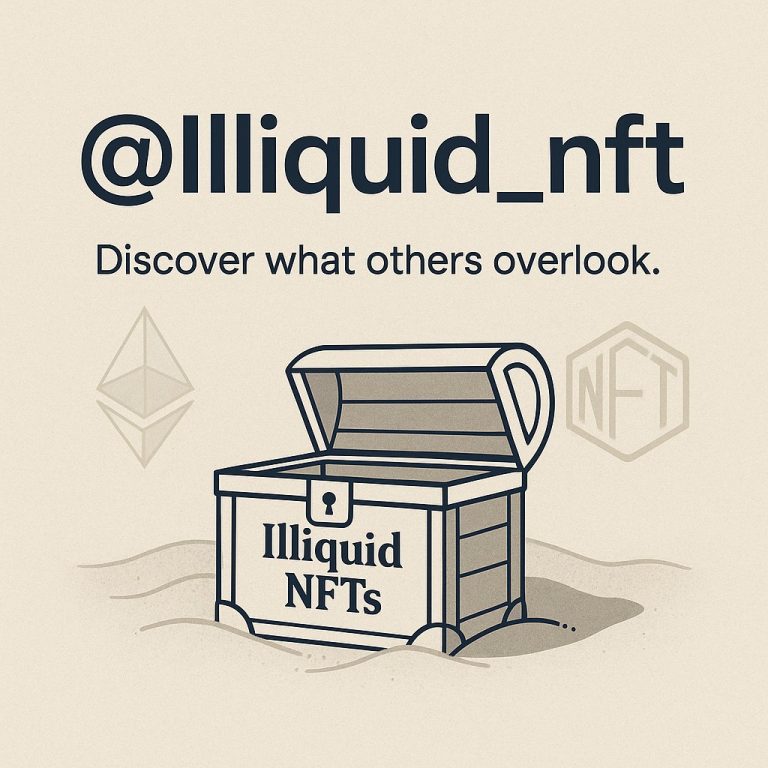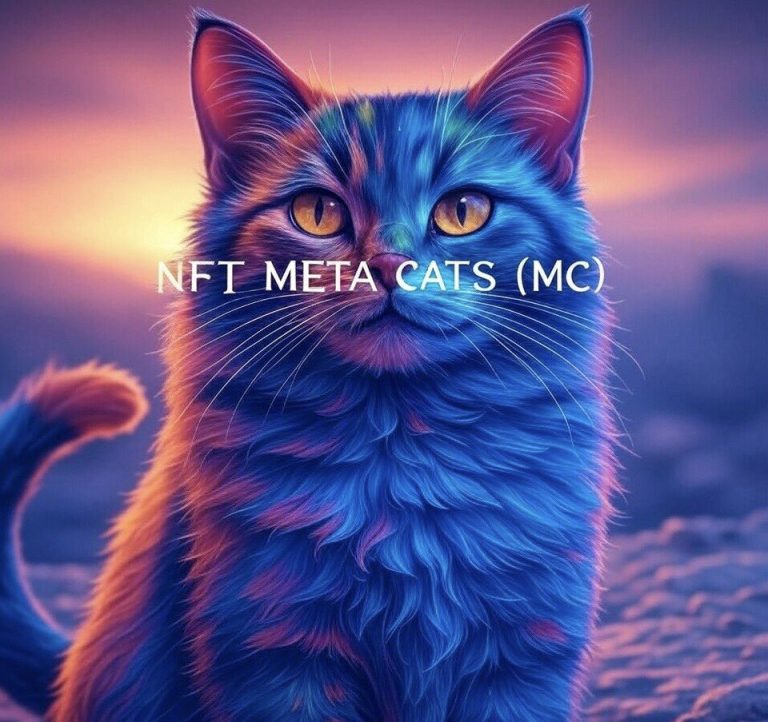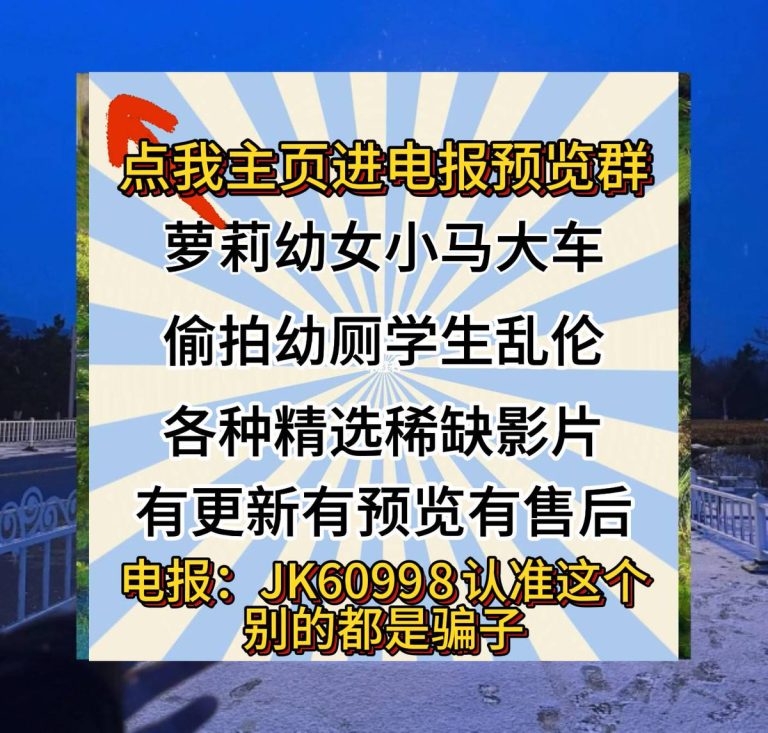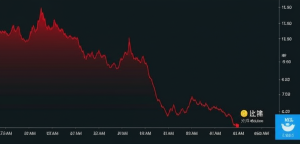
Analyzing the Pulse of Web3 and Crypto Ecosystems: Trends, Community Dynamics, and Market Insights
—
Introduction: Navigating the Ever-Evolving World of Web3 and Crypto
The Web3 and crypto landscapes have transformed dramatically, especially as we move deeper into 2025. What once was a niche technological curiosity has blossomed into vibrant ecosystems, where hardware meets blockchain, NFTs interface with social networks, and prediction markets become mainstream financial instruments. The eclectic snippets of information and analyses shared by experts and enthusiasts alike offer us a snapshot of ongoing trends and behavioral dynamics within these communities.
This report synthesizes key developments from recent expert commentary, social signals, and market analyses, distilling what drives user engagement, successful projects, and emerging market movements. The goal is to provide an accessible yet comprehensive insight into Web3’s hardware evolution, NFT ecosystems, social network integration, and predictive analytics, putting these in context for informed readers, investors, and participants.
—
Web3 Gaming Hardware: PSG1’s Value Proposition and Community-Centric Model
The competitive landscape for Web3 gaming consoles is heating up, with PSG1 carving out a notable niche by striking a balance between premium features and accessible pricing. This console stands out by embedding blockchain integration affordably, a critical factor considering the cost barriers associated with advanced hardware[1]. By offering exclusive perks like early access and discounts to Player 1 NFT holders, PSG1 is not merely selling hardware but nurturing a community-centric brand ethos.
This strategy reflects a broader trend where tangible products in the Web3 space prioritize building dedicated user bases through tokenized ownership and real utility incentives. The concept of NFTs transcends mere digital collectibles; here, they function as membership keys unlocking valuable real-world benefits, aligning user incentives directly with platform success.
—
User Engagement and Staking Behaviors: Insights from Kaito’s NFT Ecosystem
User engagement in staking and NFT ecosystems often presents significant behavioral gaps, as indicated by research leveraging on-chain analytics tools like Dune Analytics[2]. Kaito’s staking model, for example, reveals nuanced trends—some users actively stake to maximize rewards, while others remain passive, limiting ecosystem liquidity and growth potential.
Decoding these contracts and datasets provides a valuable lens for projects aiming to optimize user retention and participation. It becomes evident that engagement is not solely driven by reward structures but also by the ease of interface, social proofs of community activity, and project transparency. Platforms that successfully amalgamate these factors typically experience sustained active user bases.
—
Network Effects in NFT Trading: TON’s Dominance on Telegram
TON’s leadership in NFT trading volume on Telegram exemplifies the power of network effects in crypto adoption[3]. Unlike typical hype-driven NFT market cycles prone to speculative bubbles, TON’s integration with an existing large social network facilitates genuine utility and smoother user onboarding.
This observation underlines the argument that platforms hosting vibrant, built-in social ecosystems will dominate NFT growth moving forward. Network integration eases friction, encourages organic growth, and fosters trust through community validation. This organic approach proves more sustainable than artificially inflated market spikes, making TON a case study in strategic ecosystem leveraging.
—
Market Analysis and Prediction Tools: The Coming Age of Real-Time Decision Making
Recent moves by influential platforms such as Elon Musk’s X teaming with Polymarket signal an institutional leap into crypto prediction markets[4]. Integrating real-time news analysis using AI models like Grok (xAI) equips traders and users with enhanced forecasting tools grounded in data rather than speculation alone.
Such integrations carve pathways toward more mature, data-driven crypto market ecosystems where users can profit from informed insights rather than intuition or guesswork. The combination of social media scale and blockchain transparency amplifies predictive accuracy and democratizes access to sophisticated financial tools.
—
Community Signals and Market Movements: Behind the Crypto Recovery Momentum
Expert analysts sharing live trade signals and group guidance, such as those from Alex’s crypto recovery groups, emphasize the accessibility of market strategies[5]. Importantly, their messaging reassures newcomers by eliminating prerequisites: no advanced trading skills or deep technical analysis are necessary, just following structured guides can yield profits. This democratization of knowledge lowers entry barriers and cultivates broader market participation.
These communities thrive on transparency, rapid feedback, and iterative learning, embodying the decentralized ethos of Web3. The shared excitement around token movements like $SUI, BTC, ETH, and ton-based rallies underscore the global latitudes of these trends impacting markets from Singapore to Saudi Arabia.
—
The Role of Exclusive NFT Collections in Driving Engagement: Case of OgBearz on Ronin Network
NFT collections such as OgBearz on the Ronin network demonstrate another dimension of NFT utility: leveraging limited supply (1,111 NFTs) and timing to create spikes in trading and community buzz[6]. The largest trading volume on launch day highlights how curated releases with embedded tokenomics inspire heightened activity.
Moreover, transparent data analysis of these collections aids collectors and traders in understanding market dynamics, improving decision-making. This approach counters rampant misinformation and speculative trading by fostering an informed user base, crucial for sustainable ecosystem health.
—
Conclusion: Charting a Path Forward for Web3 and Crypto Ecosystems
The panorama of Web3 and crypto as of mid-2025 is one of dynamic innovation, community evolution, and progressively sophisticated market behavior. Hardware projects like PSG1 are redrawing the gaming landscape by tying blockchain’s promise to tangible consumer products without exorbitant costs. Meanwhile, staking ecosystems reveal the intricacies of user motivation and platform design.
The dominance of integrated social network platforms in NFT trading illustrates that genuine utility and organic growth trump fleeting speculation. Simultaneously, the entrance of major platforms into predictive markets heralds a future where real-time, AI-powered data analysis becomes crucial to crypto finance.
Community-led educational groups encapsulate the spirit of Web3—decentralization in knowledge sharing and market participation. Alongside, measured and transparent NFT collection launches continue to provide rich engagement avenues.
Together, these elements suggest that the next chapter of Web3 success hinges on harmonizing technology, community, and data intelligence—crafting ecosystems where users are not just participants, but empowered stakeholders shaping the future.
—
References
—
These interpretations combine qualitative signals and data insights to offer a clearer picture of the current and future state of Web3 and crypto markets, tailored to readers eager to grasp both comfort and challenge inherent in this space.








